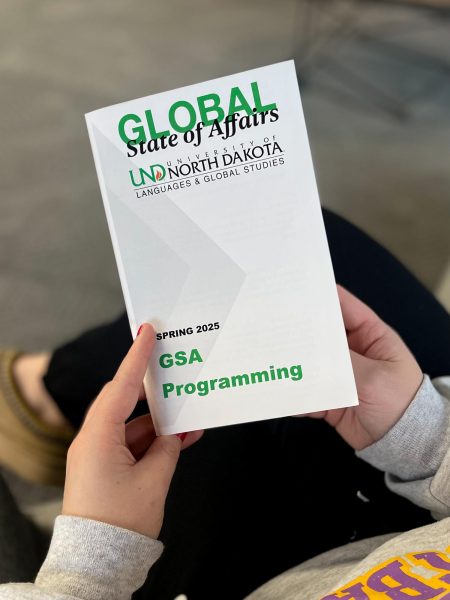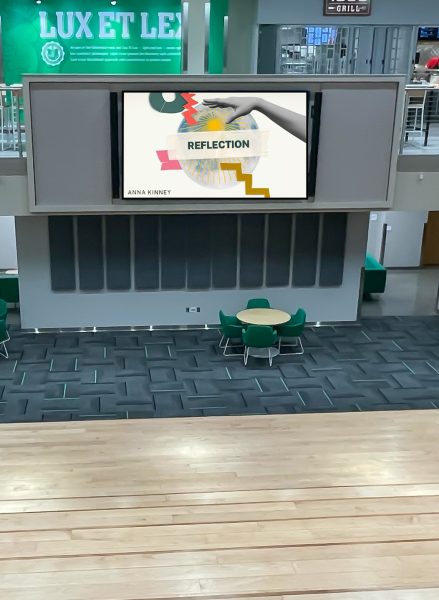Departments seek participants
RESEARCH Data collected from students benefits campus, according to staff.
The flyers around campus are everywhere.
“Make some quick cash!”
“Do you qualify for this?”
“Join our study!”
They’re for studies put on by various departments around campus to further research in their fields.
The majority of the studies advertised for on campus are conducted by psychology department staff, while others are put on by communication program staff.
Studies occur every year, but topics may vary from year to year.
Some on-campus studies can continue for years depending on if the amount of participants needed for valid results is met.
Psychology studies
Two of the studies active this semester are being conducted by Alison Loobe, a PhD. student in clinical psychology.
Loobe’s focus is primarily on substance abuse and treatment methods that can be developed.
The most commonly advertised study on campus is for marijuana use. This study is a follow-up to a previous study.
The study revealed that stereotypes influence genders when it pertains to their thoughts on the use of marijuana.
“Results of the original study revealed that men let the stereotype threat affect their cognitions far more than females did,” Loobe said. “The current study being performed here at UND is to look into why men are affected by this threat.”
Loobe defined the stereotype threat as people playing into the negative aspects of a stereotype once they are aware of the existence of the stereotype.
In the case of her study, men underperform on cognitive tests while using marijuana because of the stereotypes that the drug slows mental function and is only used by certain groups of people.
Loobe said she wants to find out why this occurs in men as women seem to flourish under the stereotype pressure.
Other studies being conducted by Loobe include the effects of prescription stimulants such as Ritalin on mood and a study assessing attitudes related to alcohol use. The alcohol study is being conducted by Kyle Kassman as part of his graduate thesis.
Ultimately, the goal of these studies is to provide knowledge into the cognitions behind drug and alcohol use so that treatment and prevention plans can be improved.
Results of the prescription stimulants study will help Loobe apply for federal funding to continue research in this area in order to create a solid prevention plan.
Students and research
In order to produce effective results, the studies need between 60 and 100 participants. On average, these studies only have about 20 of the needed participants.
“I think it is so hard to get participants for the marijuana study because students don’t usually want to confess to using the drug,” Loobe said. “The prescription stimulant study is that same way. I only have four participants so far — partially because of the fear of confession and partially due to the strict criteria I must use for the study.”
The main attraction of the studies for students is that they get paid for their time. Participants make an average between $20 and $60 per study. Seeing as participants are kept confidential in all situations, no information was given for the possibility of one to make a statement on their reasons for participating.
Overall, the studies are used to benefit the students here on campus, according to Loobe. Loobe’s career also is enhanced by the experiments, but not in the way one would think.
“The main benefit I get out of conducting these studies is a better understanding of how cognitions influence drug use,” Loobe said. “From that, I can create better prevention plans targeted at college students.”
Erin Cheever is a staff writer for The Dakota Student. She can be reached at [email protected]






